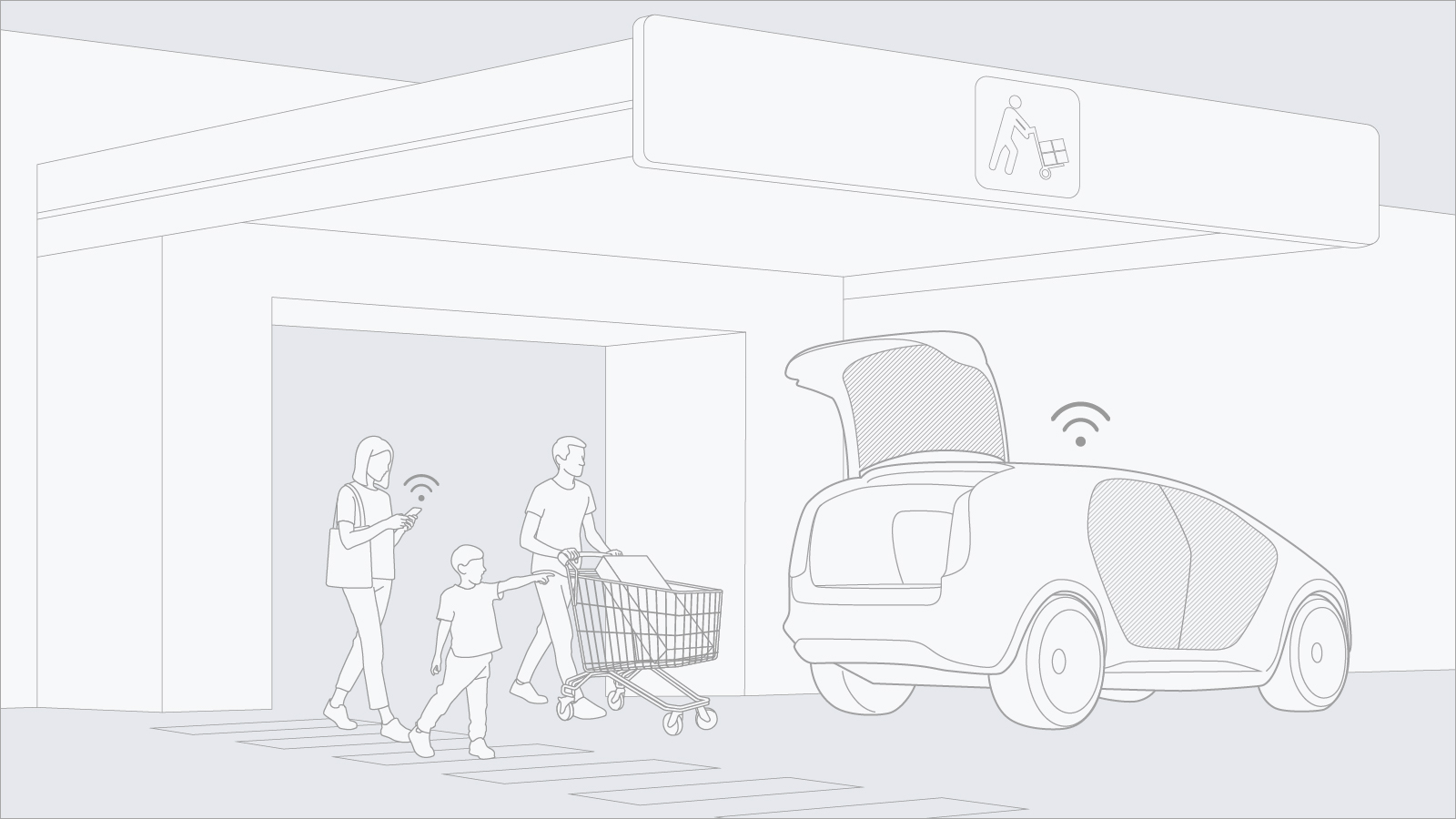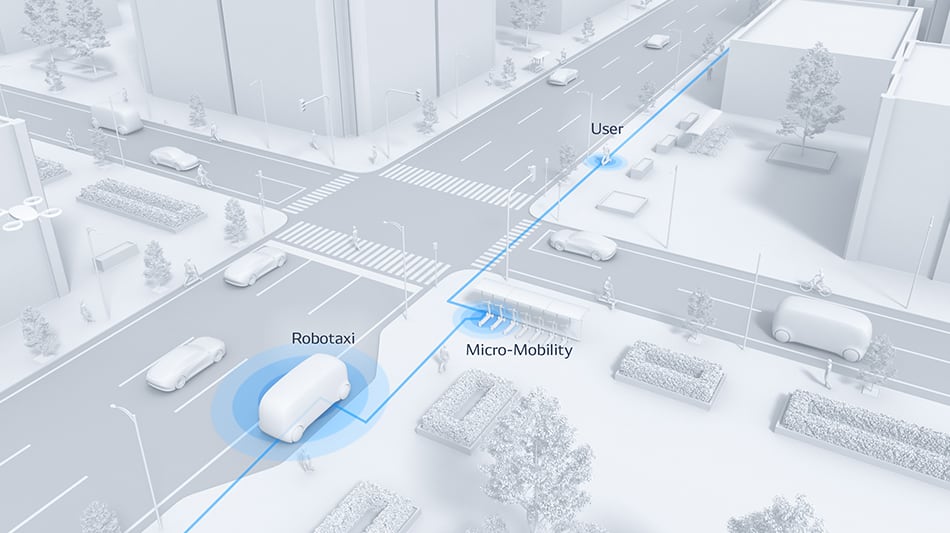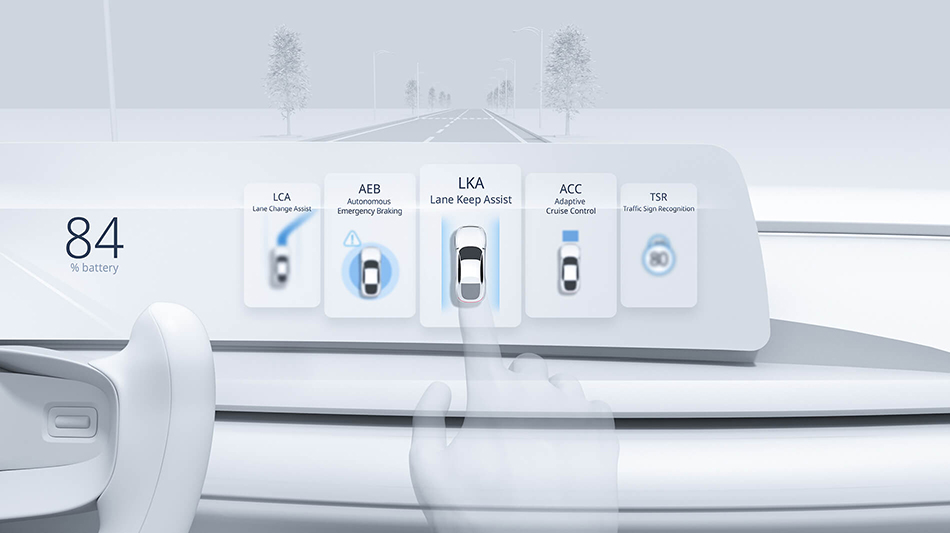(01)Correspondence
Digital expressions of technologies are arranged based on their context
The digitalization of components has increased the freedom of display layouts. For example, for Pillar to Pillar displays, a digital display of the side mirror could be displayed near the A-pillar, but ergonomically, usability would be improved by displaying the side mirror closer to the driver's line of sight. In accordance with this principle, designs are not based on convention, but instead take into consideration the advantages offered by digitalization.
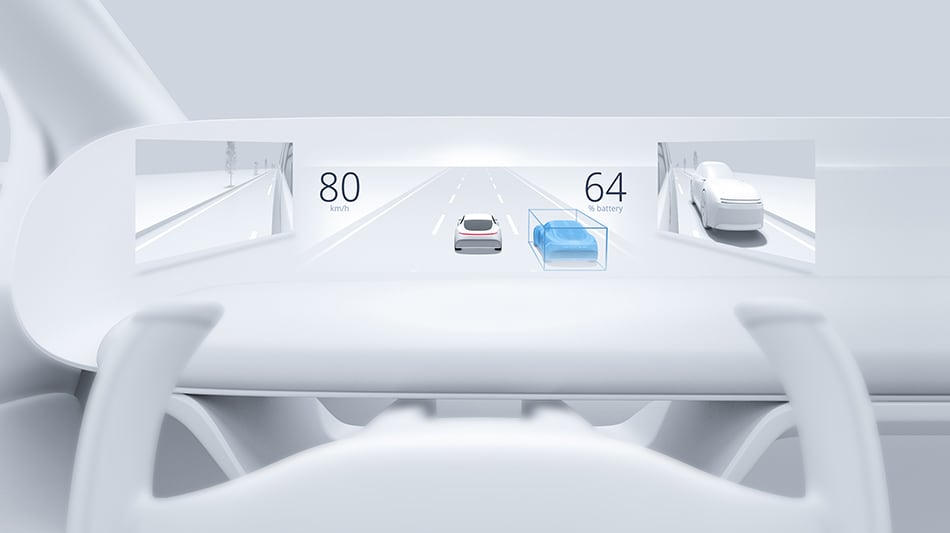
Mobility context-sensitive design
Contexts are constantly changing while using mobility services, requiring users to make decisions and take action accordingly. In accordance with this principle, interface directions are aligned with mobility movement directions to prevent users from making operation errors.
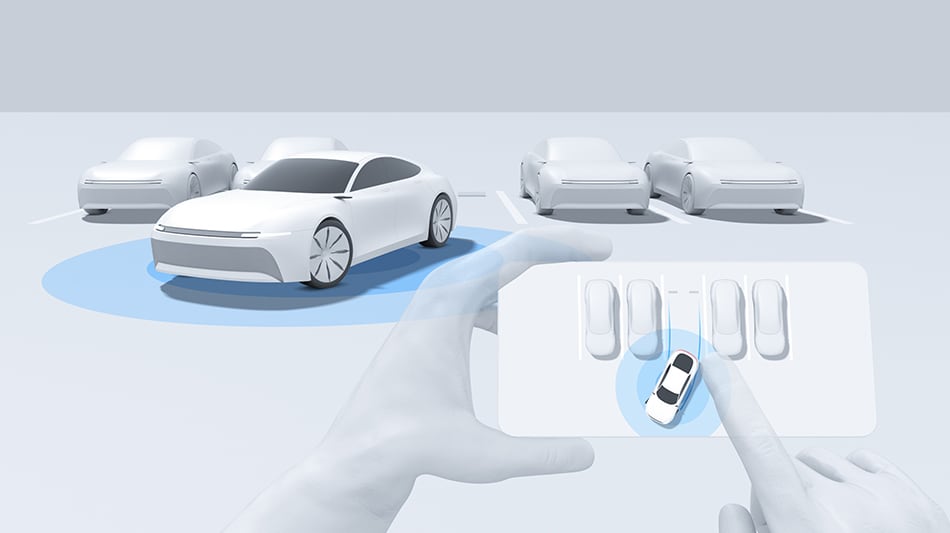
Information display and operation by factoring in the characteristics of devices
As digital devices become more diverse, their display size and operation methods vary. In accordance with this principle, we understand the characteristics of respective devices before designing the interface and interaction. For example, when designing a smartwatch, we do not apply the same information design and operability as those of smartphones. Instead, we factor in the display requirements and operability that are specific to smartwatches, such as the small display size and one-handed operation on the wrist.
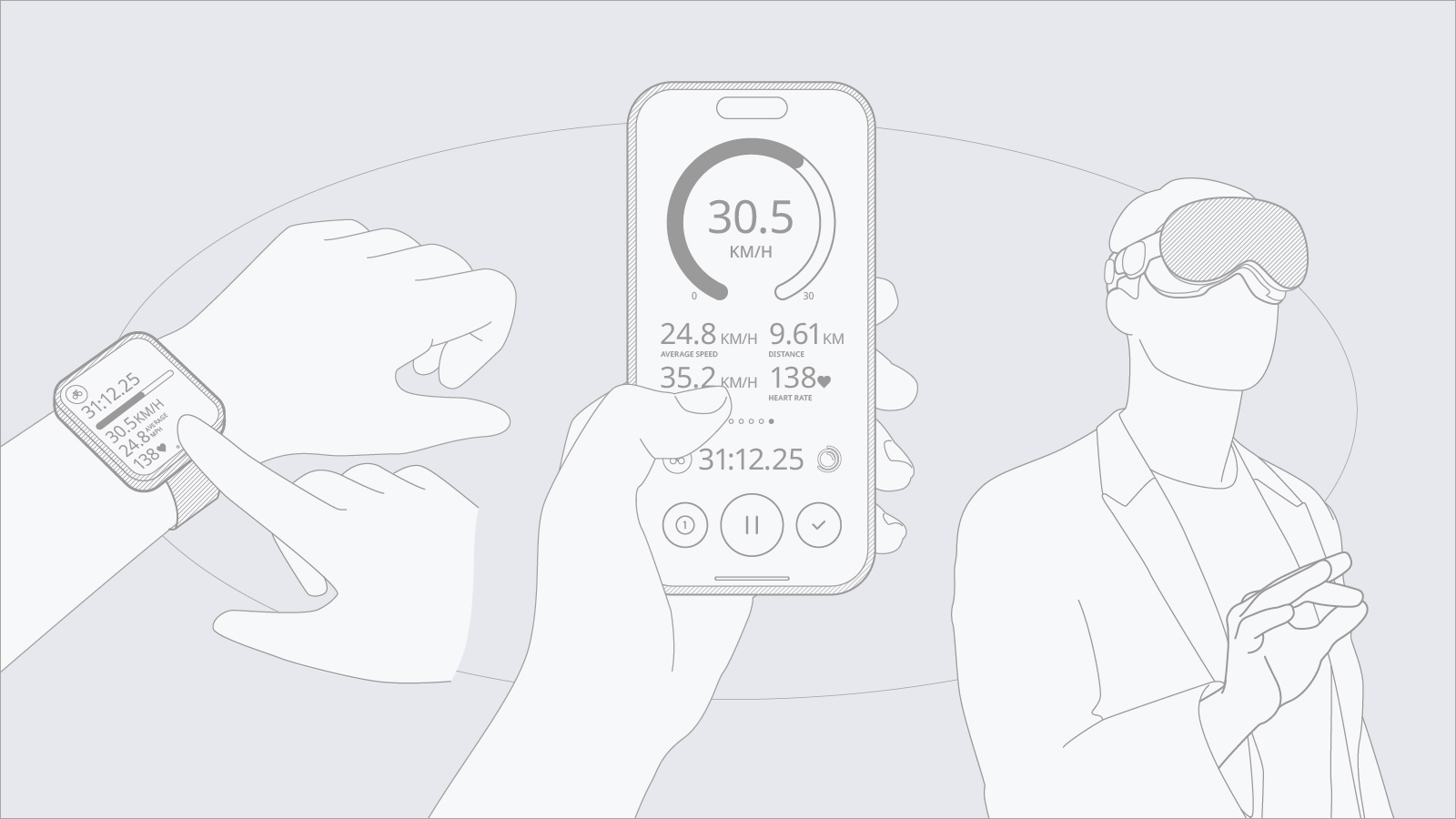
Offering interaction depending on the context
The diversification of mobility services will increase interactions that require users’ operation. In accordance with this principle, it is necessary to understand the situation of users when designing the user interface. For example, when a robotaxi is used, information on the current location of a reserved vehicle will be displayed to guide the user, and the unlock button will be displayed on the smartphone that comes close to the vehicle.
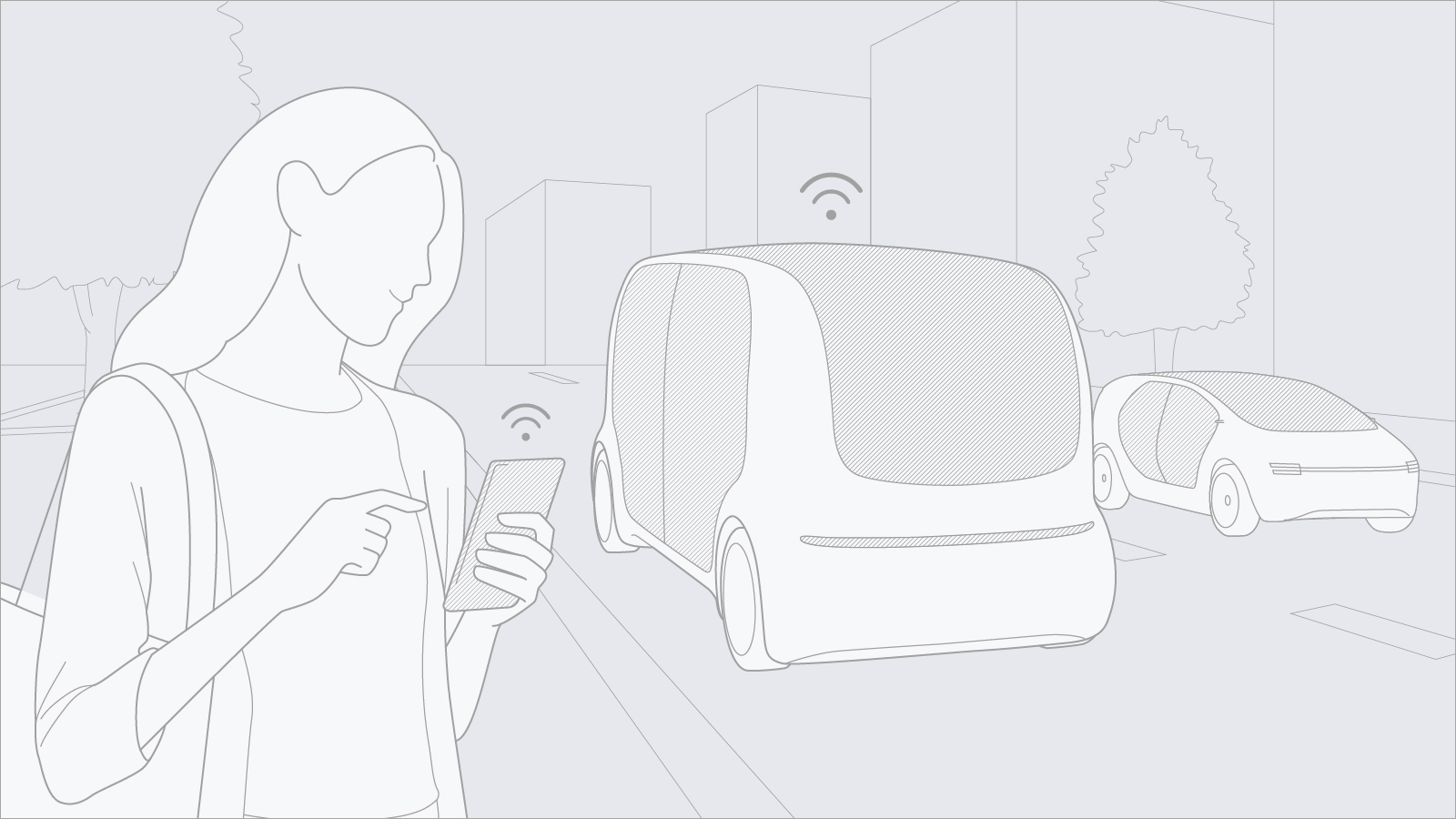
Linkage with services before and after travel
In accordance with this principle, we design systems and services by factoring in experiences at destinations even before getting into a vehicle, instead of focusing solely on the mobility experiences. For example, when a user purchases something large at a store, the vehicle automatically drives to the pickup area by checking the purchase history in real time so that the user can easily put the product in the vehicle.
